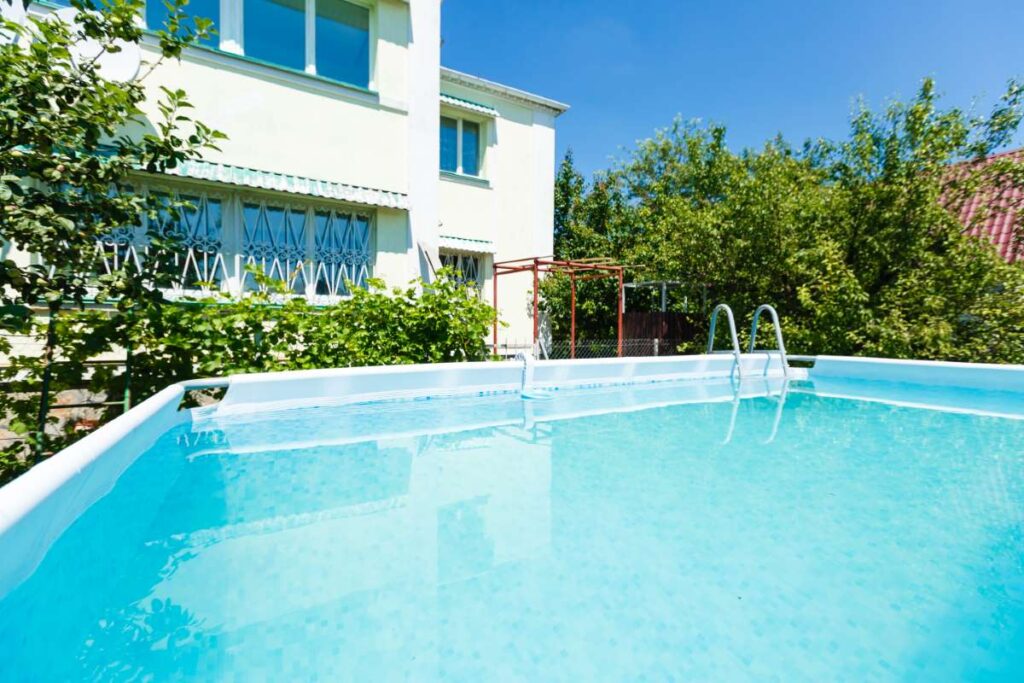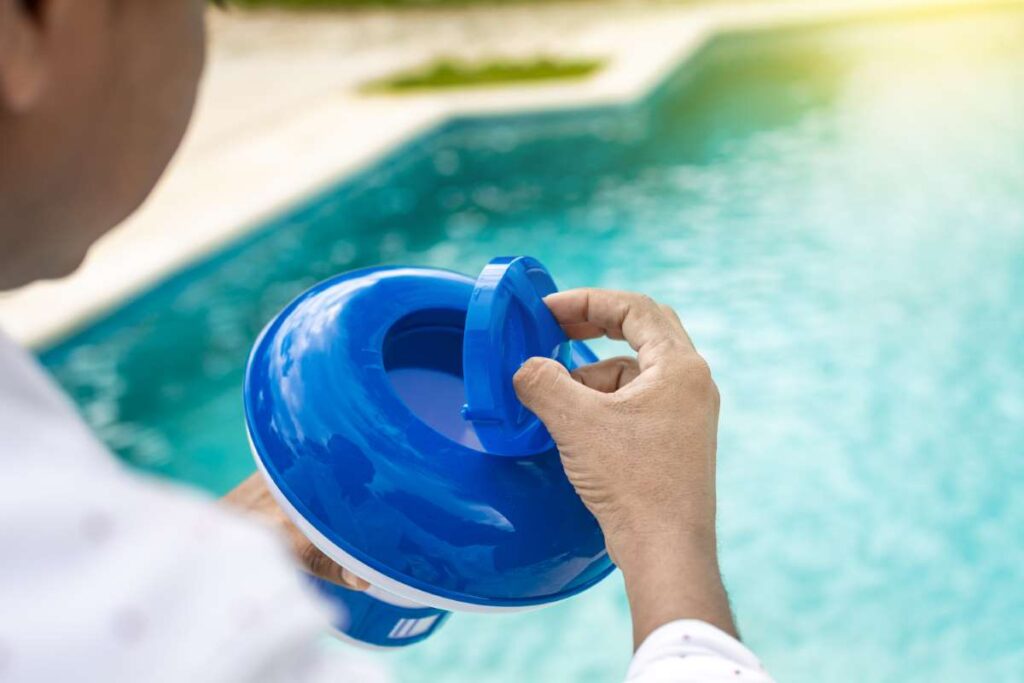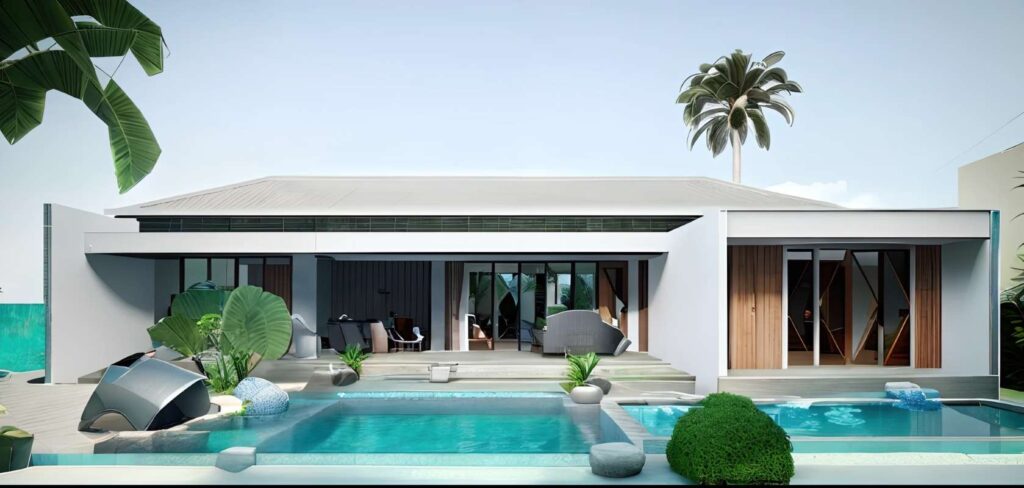6 Sustainable Pool Construction Trends to Watch
Explore the latest sustainable pool construction trends that are reshaping the industry, from eco-friendly materials to energy-efficient designs.
As the world becomes increasingly aware of the implications of climate change and the importance of sustainability, the construction industry is evolving in response. This shift is particularly evident in the pool construction sector, where builders and homeowners are looking for ways to create beautiful, functional, and environmentally friendly swimming pools. In this blog post, we will explore six sustainable pool construction trends that are gaining traction, offering insights into materials, technologies, and practices that not only enhance aesthetic appeal but also promote ecological responsibility.
1. Eco-Friendly Materials
– The first significant trend in sustainable pool construction is the use of eco-friendly materials. Traditional materials like concrete and vinyl are being replaced with greener alternatives that minimize environmental impact.- Recycled materials such as glass tiles, reclaimed wood, and recycled plastic are now popular choices. These materials not only reduce waste but also create stunning visual elements in pool design.- For example, using natural stone can provide a unique look while being less harmful to the environment than synthetic options. Additionally, companies are innovating by creating pool finishes that are made from recycled glass or sustainable aggregates, such as crushed seashells.- In California, many pool builders are now sourcing materials locally, reducing transportation emissions and supporting local economies. This trend not only benefits the environment but also enhances the local aesthetic by using materials that are native to the region.
2. Energy-Efficient Technologies
– Integrating energy-efficient technologies into pool design is another key trend. This includes the use of variable-speed pumps, LED lighting, and solar heating systems, which dramatically reduce energy consumption.- Variable-speed pumps can save homeowners up to 90% on energy costs compared to traditional single-speed pumps. They also operate more quietly and efficiently, making them a preferred choice for modern pools.- Solar heating systems utilize renewable energy to warm pool water, reducing the need for gas or electric heaters. This not only lowers utility bills but also minimizes the carbon footprint associated with heating pools.- Additionally, LED lighting options are more durable and consume significantly less energy than incandescent bulbs. Many pool owners are now opting for smart lighting systems that can be controlled remotely, allowing for both energy savings and convenience.
3. Water Conservation Techniques
– Water conservation is paramount in sustainable pool construction. Innovative designs and technologies are being implemented to minimize water waste and promote efficient usage.- For instance, many new pools are equipped with automatic covers that reduce evaporation by up to 90%. This not only conserves water but also helps to maintain temperature and cleanliness, reducing the need for additional heating and chemicals.- Rainwater collection systems are also becoming popular. These systems harvest rainwater from roofs and direct it to the pool, significantly lowering the demand on municipal water supplies.- Furthermore, the implementation of advanced filtration systems that recycle water for irrigation purposes is gaining traction. This reduces the reliance on fresh water for landscaping while maintaining lush gardens around the pool area.
4. Natural Swimming Pools
– An exciting trend in sustainable pool construction is the rise of natural swimming pools. These pools use biological filtration systems instead of traditional chemicals, creating a healthy swimming environment that is more aligned with nature.- Natural pools are designed with plants that filter and purify the water, providing a chemical-free alternative for swimmers. The swimming area is separated from the regeneration zone, where aquatic plants naturally cleanse the water, eliminating the need for harsh chemicals.- The aesthetic appeal of natural swimming pools cannot be understated. They often resemble serene ponds, complete with lush vegetation and wildlife, enhancing the landscape and providing a tranquil setting.- In places like Europe, natural pools have gained popularity not only for their environmental benefits but also for their unique beauty. As more homeowners become aware of the advantages, this trend is expected to grow in other regions, including North America.
5. Smart Pool Technology
– The integration of smart technology into pool systems is revolutionizing the way pools are managed and maintained. From automated cleaning systems to smart water management applications, technology is enhancing efficiency and user experience.- Smart pool controls allow homeowners to monitor and manage their pools remotely via smartphone apps. This includes controlling temperature, lighting, and even water chemistry, ensuring optimal conditions with minimal effort.- Automated cleaning systems that use robotics can navigate the pool and perform cleaning tasks, reducing the time and energy required for maintenance. This not only saves water but also enhances the longevity of pool surfaces by preventing the buildup of algae and debris.- Moreover, sensors can monitor water levels and quality, alerting homeowners to any issues before they become significant problems. This proactive approach to pool maintenance not only conserves resources but also extends the life of the pool.
6. Sustainable Landscaping Around Pools
– Finally, sustainable landscaping around pools is an emerging trend that complements eco-friendly pool designs. This involves choosing native plants that require less water and are naturally resistant to local pests.- Xeriscaping, a landscaping method that reduces or eliminates the need for irrigation, is becoming increasingly popular in pool designs. This approach not only conserves water but also enhances the overall aesthetic appeal of the outdoor space.- Incorporating permeable paving materials for pool decks is another sustainable landscaping trend. These materials allow rainwater to seep through, reducing runoff and promoting groundwater recharge.- Additionally, integrating outdoor features such as rain gardens or bioswales can help manage stormwater while adding beauty and functionality to the pool area. These features filter pollutants and reduce the burden on municipal drainage systems.
Conclusion
In conclusion, the shift toward sustainable pool construction is not just a trend; it’s a fundamental change in how we approach pool design and maintenance. From eco-friendly materials and energy-efficient technologies to innovative water conservation methods and smart technology integrations, these trends reflect a growing commitment to environmental stewardship in the pool industry. As homeowners and builders increasingly prioritize sustainability, we can expect to see these advancements reshape the landscape of pool construction in the coming years.If you’re considering investing in a pool while being conscious of the environment, now is the perfect time to explore the modern options available. By opting for sustainable practices, you’ll not only enhance your outdoor space but also contribute positively to the planet. For those looking to make a move in the pool service industry, consider the advantages of
pool routes for sale and how they can help you build a successful business while adhering to these sustainable practices. Embrace the future of pool construction and make a splash with your eco-friendly choices!



